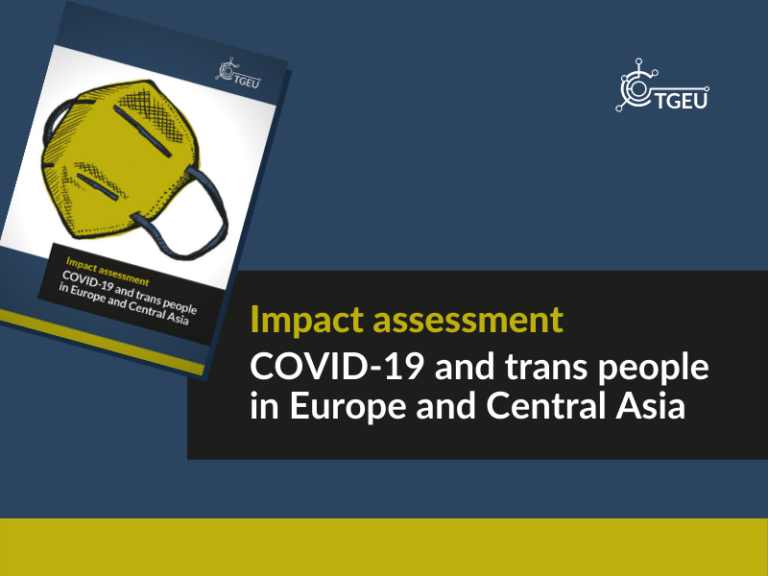Trans Health Map
Access to trans-specific healthcare varies in the European Union (EU). Getting an appointment or finding a respectful healthcare professional who listens to our needs is often challenging, at best.
Some countries still rely on outdated, pathologised models that view trans identities as an illness. However, access to high-quality care is an important right for everyone. We’re committed to ensuring all trans people can easily access high-quality trans-specific healthcare.
This map is an important part of understanding the state of trans-specific healthcare in the EU.
The 2024 Trans Health Map: A comprehensive resource for trans-specific healthcare
Released in 2024, the second edition of the Trans Health Map focuses on providing depth of information on the provision of trans-specific healthcare in each country, rather than only a snapshot of the situation in the EU. It comes with new features designed to make the Map interactive, such as detailed indicators on cost coverage, filters by country, and text boxes that provide additional context. This edition also includes a new category on access to sexual and reproductive health. The information for the Map was collected and verified as of August 2024.
The Map is non-competitive and non-comparative. It aims to highlight gaps in access and foster collaborative progress, not to rank Member States. Access to healthcare depends on many factors beyond legal and policy guarantees. These include economic status, location, quality of healthcare, the awareness of medical professionals, and the challenges posed by a strong anti-trans movement.
The first edition of the Map was released in 2022.
What’s in this Map?
Our Trans Health Map represents the availability and accessibility of trans-specific healthcare (TSHC) in the 27 European Union member states. The Map features seven categories:
- Sexual and reproductive health
- Type of TSHC and its coverage
- Requirement for a psychiatric diagnosis
- Waiting time for a first appointment
- Groups excluded from or made to wait longer
- Access to puberty blockers
- Access to hormones
How we collected the data
Both editions of the Map were developed with the invaluable input of country experts from the 27 EU Member States, who thoroughly fact-checked the data and provided additional context on the provision of trans-specific healthcare in their countries.
We are committed to keeping the Map accurate and up-to-date. Since trans healthcare information is often dispersed and not formally codified, we rely on your input.
Contact us by e-mail to share feedback, collaborate, or explore ways to use the Map to advance trans healthcare.
Filling the gap: Why we created this Map
Trans people have historically faced challenges in receiving trans-specific healthcare that is accessible, affordable, and high quality. Many trans people struggle to find appointments on time or find a healthcare professional who is respectful and listens to their health needs. According to the latest survey by the EU Fundamental Rights Agency in 2024, 39 per cent of trans people in the EU reported having faced discrimination by healthcare workers.
The situation varies considerably among EU Member States, ranging from the availability of a full catalogue of medical interventions to almost no access in practice due to long waiting lists. Some Member States objectively provide little to no care for trans people. Information on trans-specific healthcare is not freely available, and very few countries have clear laws, policies, and guidelines that clarify what is available, to whom, and under what circumstances.
The Trans Health Maps fill this gap by collating and organising information on the provision of trans-specific healthcare in the EU and its accessibility for trans people. The Map is designed to support and enhance the work of trans activists, researchers, healthcare professionals, and policymakers. Its purpose is to make the unique challenges and opportunities of trans-specific healthcare in each EU Member State clear and untangle the complexity of its provision.
Trans Health Map 2024
trans health map
Explore the Map and discover insights about access to trans-specific healthcare
Related articles
MORE INFORMATION
Trans Murder Monitoring
Trans Rights Map


